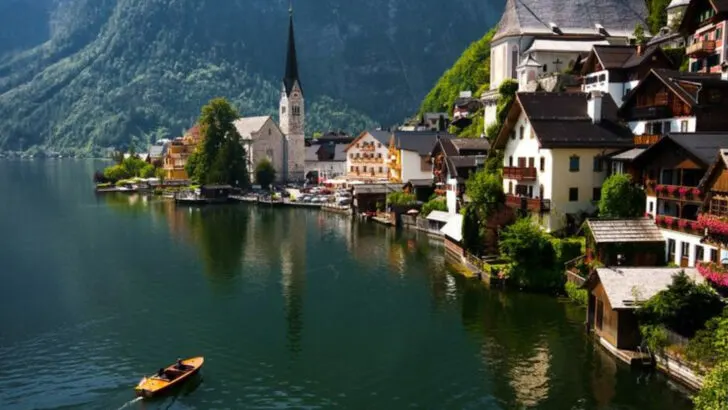Central Europe rewards curiosity with short distances and big contrasts: imperial capitals, alpine lakes, tiled old towns, and café tables that invite lingering. Trains and ferries knit together countries where history layers visibly onto daily life. If you like moving from a museum morning to a mountain afternoon, this region makes it easy. Read on for 14 places where small details—stone bridges, market cheeses, and glacial views—create lasting travel memories.
Austria

Austria balances polished city rituals with quiet lakeside escapes. In Vienna, sink into a marble-topped table, order a melange, and watch the day slow beneath chandeliers and mirrored walls. The Ringstrasse’s stately facades frame trams, museums, and music halls that feel ceremonious yet inviting. Beyond the capital, small alpine lakes and tidy villages offer easy outdoor interludes—short walks, boat hires, and breezy picnics. This contrast makes itineraries flexible: a morning of Klimt and coffee, an afternoon of clear water and mountain air. Pay attention to pastry counters and lakefront gasthofs; both reveal Austria’s steady affection for comfort and craft.
Czech Republic
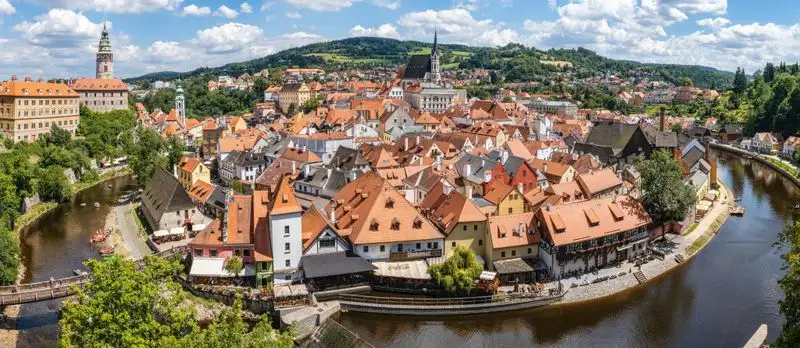
Prague’s beauty has both scale and intimacy: grand silhouettes on the horizon and cobbled passages that invite slow wandering. At dawn, the Charles Bridge glows quietly, its saints outlined against a pale sky as the Vltava drifts below. Medieval lanes give way to baroque courtyards, while cafés hide behind carved doorways. It’s easy to feel you’ve stepped into overlapping centuries. Explore Old Town early, then cross to Malá Strana’s gardens and small beer halls. Later, seek contemporary corners—galleries, markets, and riverside bars—where the city’s modern voice talks back to its history. Each detour adds a layer to Prague’s story.
Germany

Germany is a quick-change artist: one day you’re in Berlin’s mural-splashed neighborhoods, the next you’re crossing Bavarian valleys past timbered houses and onion-domed churches. Trains make these swaps delightfully simple. In big cities, markets brim with regional breads, cheeses, and wursts—an easy lunch and a peek at local habits. Evenings stretch in beer gardens and modern wine bars. Look for river promenades, industrial spaces reborn as galleries, and tidy old towns that escaped heavy damage. The mix of experimentation and preservation defines the charm. Whether you chase techno nights or vineyard sunsets, the connective tissue is efficient, welcoming infrastructure.
Hungary
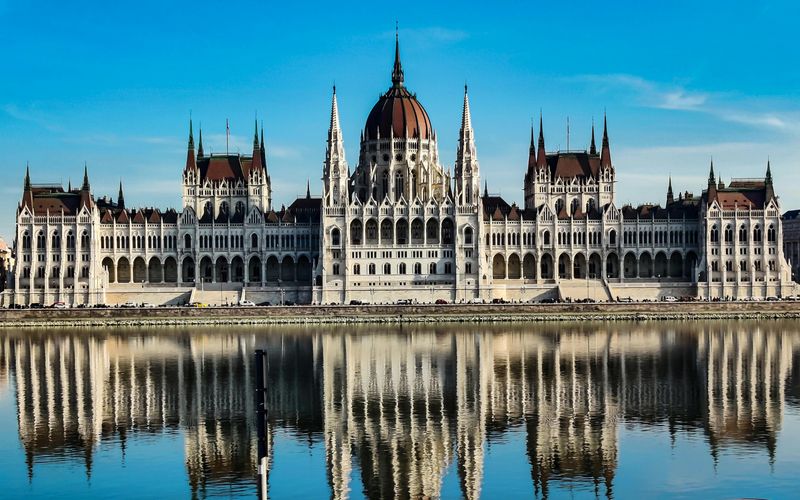
Budapest thrives on contrasts: grand boulevards and steamy courtyard ruin bars, river panoramas and intimate coffee counters. Slip into an outdoor thermal pool on a cool night to feel the city at its most generous—warm water, lantern light, and conversation drifting across the surface. By day, stroll Andrássy Avenue and the Danube promenade; by evening, sample paprika-rich dishes and local wines in buzzing neighborhoods. Austro-Hungarian architecture carries history without feeling frozen. Public transit is straightforward, and bath culture invites unhurried afternoons. You’ll remember the glow of bridges, tiled bathhouses, and the rhythm of cafés layered into handsome, workaday streets.
Poland
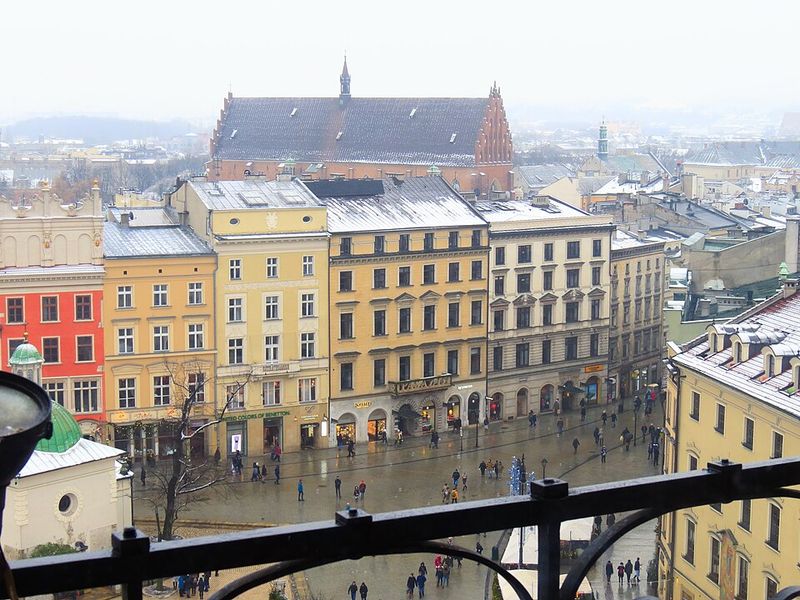
Kraków’s Rynek Główny feels like a living room for the city: cafés spill onto stone, trumpets ring from St. Mary’s, and the Cloth Hall anchors the square with easy orientation. Start there, then wander into lanes of guild houses and quiet courtyards. Poland’s urban fabric mixes careful restoration with neighborhoods reshaped by post-war realities and recent renewal. Seek bakeries for obwarzanki and markets for smoked cheeses. Museums and memorials provide thoughtful context, while leafy parks loop the old town. Trains connect other cities where industriousness and creativity run strong. You’ll find a country frank about history and generous in daily pleasures.
Slovakia
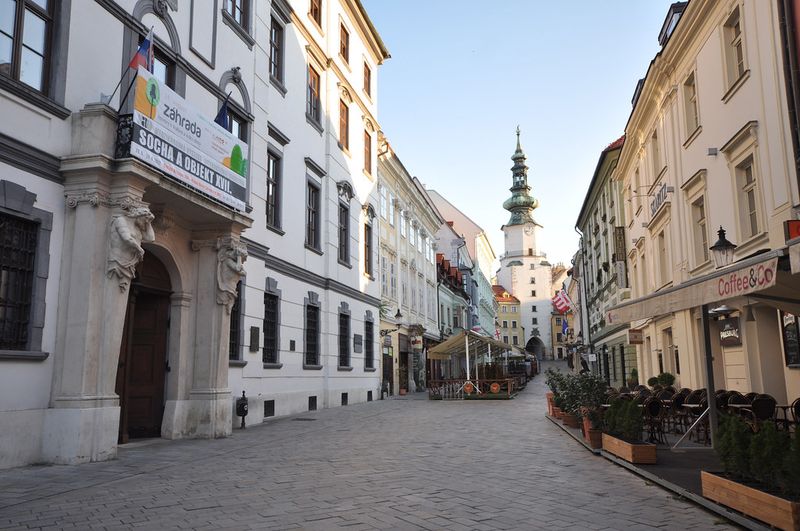
Bratislava is an easygoing pause between bigger capitals. Its pedestrian old town concentrates cafés, small galleries, and playful statues into a compact stroll, while the hilltop castle frames breezy views over the Danube. You can cover highlights in an afternoon without rushing: cobbles, courtyards, riverfront bike paths, and a glass of local wine. The city’s manageable size encourages lingering in one place rather than checklist sprints. Venture to the waterfront at sunset, then back into lanes that quiet nicely after dinner. It’s a city that rewards curiosity in small doses—approachable, unpretentious, and pleasantly paced for short, restorative stops.
Slovenia
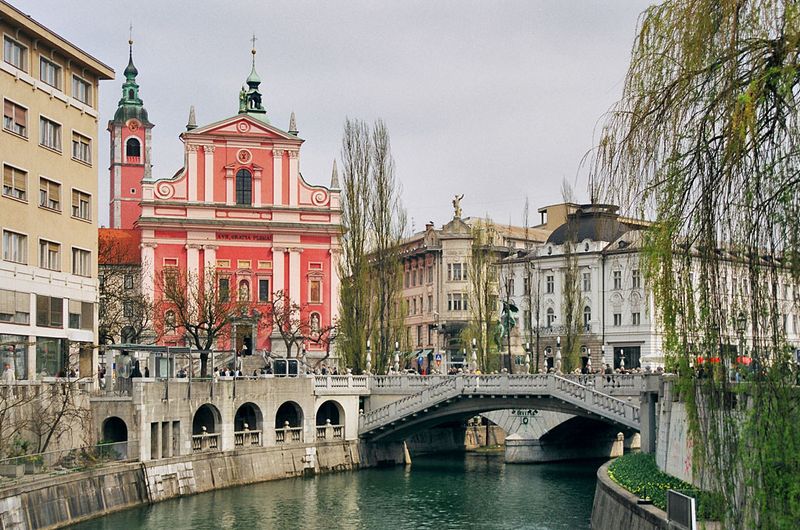
Ljubljana feels like a hometown you haven’t met yet: green, gentle, and designed for lingering. The car-free riverfront, painted facades, and covered markets set an easy rhythm for coffee, pastries, and people-watching. Within an hour, you can swap café chatter for alpine trails, glassy lakes, or karst caverns. The capital’s scale keeps logistics simple—walk, pedal, pause. Street food and bistros highlight local ingredients with unfussy confidence. Take a slow boat ride, browse crafts, then slip to Lake Bled or the Škocjan caves for a small adventure. Slovenia’s gift is proximity: urban comfort and nature’s hush in quick reach.
Switzerland

Switzerland is clarity made visible: mountains drawn sharp against deep skies, trains gliding on the minute, villages swept clean to the gutter stones. From lakeside promenades to high passes, movement is as satisfying as arrival. In a day, ride from a museum morning to a glacier viewpoint, then walk through meadows ringing with cowbells. The Jungfrau–Aletsch region embodies the drama, but countless valleys deliver similar thrills. Food is straightforward and comforting—cheeses, chocolates, crisp breads. Precision is not coldness here; it’s hospitality. Timetables become a passport to wild air, blue shadows on ice, and trails that begin where platforms end.
Liechtenstein

Liechtenstein is an alpine short story: compact, clear, and satisfying in a single sitting. Trails climb quickly above the Rhine valley to viewpoints that make castles and villages look toy-small. It’s a place for low-traffic roads, tidy streets, and unrushed hours between museums and meadows. Vaduz Castle presides quietly, best admired from below on evening walks. The country’s small scale is its charm—no frantic scheduling required. Stop for a half-day hike, a bakery visit, and a glance at local galleries. You’ll leave with wide-sky photos and legs pleasantly tired, proof that small places can deliver big horizons.
Croatia

Croatia strings together coastal towns where stone lanes tumble toward bright harbors, and ferries shuttle you between islands like casual taxis. Mornings bring market fish and bakery burek; afternoons drift into swims beside city walls. Old towns—Split, Dubrovnik, Rovinj—balance seaside bustle with pockets of quiet churches and shaded squares. The Adriatic’s clarity is a constant companion, reflecting warm light onto promenades built for golden-hour walks. Ferries make island-hopping straightforward, yielding pebble beaches and pine-scented trails. Seafood suppers, lively cafés, and bell towers complete the picture. Croatia rewards unhurried itineraries stitched by boats and sunsets.
Bosnia and Herzegovina
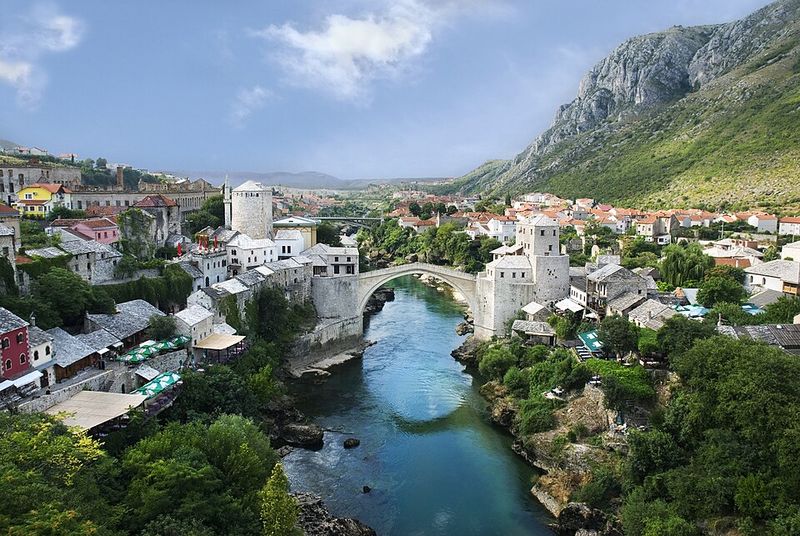
Sarajevo feels layered and lived-in: Ottoman-era bazaars, Austro-Hungarian streets, and hillside neighborhoods that watch the valley. Stroll Baščaršija for copperware, ćevapi grills, and strong coffee poured from džezvas into small cups. History is present but approachable—museums, memorials, and conversations that open gently. The city rewards walkers with shifting textures: mosques, churches, and synagogues within steps. Evenings gather around simple restaurants and musician corners. Take the cable car for broad views, then descend for baklava and tea. Bosnia and Herzegovina invites reflection without heaviness, its hospitality direct and generous in the everyday cadence of streets and tables.
Serbia

Belgrade moves to a river rhythm: long promenades where cyclists, strollers, and musicians share the path, and barges-turned-clubs pulse after dark. Kalemegdan Fortress crowns the confluence with sweeping views, the city spread like a map below. Neighborhood cafés are daytime anchors, spilling into lively streets by evening. Food is generous—grilled meats, baked peppers, and pastries—and conversation comes easily. History sits openly in architecture, from socialist blocks to Art Nouveau corners. It’s a city of stamina and charm, best explored between markets, galleries, and waterside tables. Expect energy, friendliness, and a sense that the night may run long.
Romania
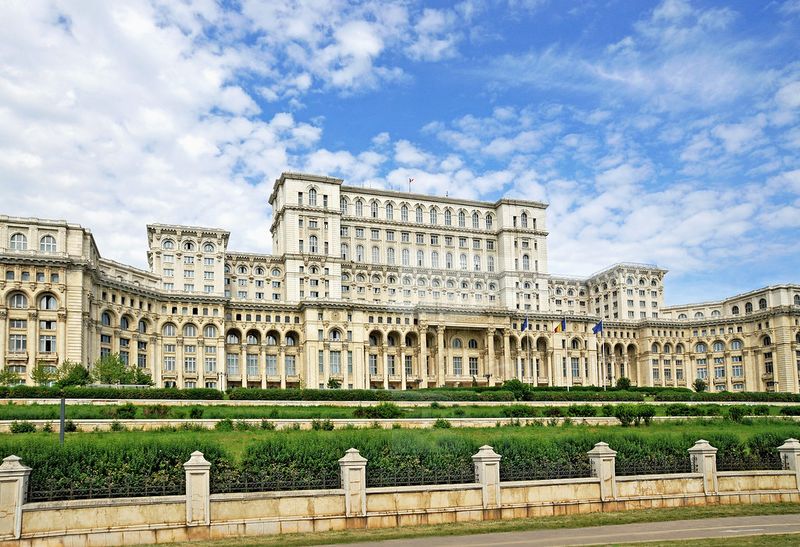
Romania excels at variety: medieval towns with pastel fronts, winding Carpathian roads, and markets where cheeses and jars of honey gleam in neat rows. In Transylvania, fortified churches and cobbled squares feel wonderfully intact. Drives thread forests and meadows to viewpoints that slow you down. City days bring museums and café culture; countryside days bring wooden gates, haystacks, and slow meals. Itineraries stretch nicely—add a castle visit, a hike, then an evening wine in a quiet square. Romania’s appeal is cumulative: small textures, layered histories, and landscapes that reward patience over rush.
Montenegro
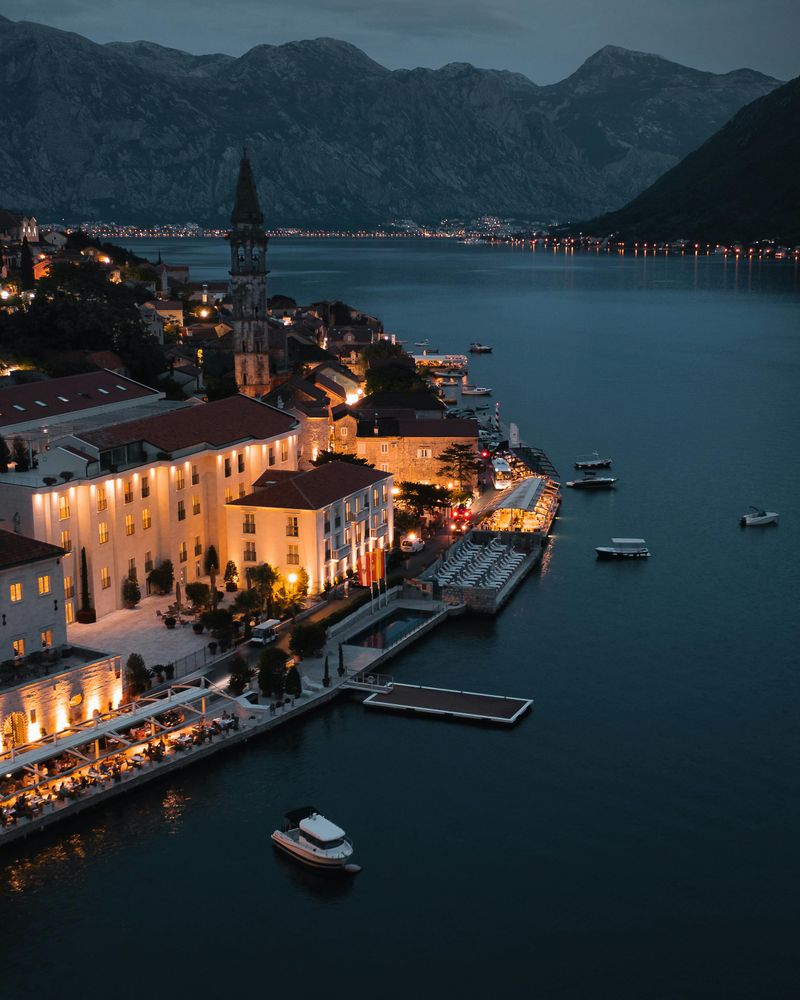
Montenegro condenses drama into short distances: serrated mountains plunge to narrow, fjord-like bays where stone towns cling to the water’s edge. The Bay of Kotor rewards early starts with mirrored reflections and quiet alleys. Coastal roads are scenic and tight, turning drives into events; ferries and overlooks break the journey. Seafood markets and tiny chapels punctuate walks, while inland trails climb quickly to open ridgelines. Even a brief visit can feel complete—harbor stroll, hillside sunset, and a plate of grilled fish. Montenegro pairs seaside ease with alpine intensity, designed for travelers who like bold scenery without long detours.

